 Thank goodness, there are new phones for us to talk about while many of us are stuck at home. Thank you for that, OnePlus. We have two new devices, the OnePlus 8 and OnePlus 8 Pro. If you missed Kellen’s OnePlus 8 Pro review that we already posted, check it out here. If you’re more interested in a slightly smaller and slightly less expensive device, then this OnePlus 8 review is what you need.
Thank goodness, there are new phones for us to talk about while many of us are stuck at home. Thank you for that, OnePlus. We have two new devices, the OnePlus 8 and OnePlus 8 Pro. If you missed Kellen’s OnePlus 8 Pro review that we already posted, check it out here. If you’re more interested in a slightly smaller and slightly less expensive device, then this OnePlus 8 review is what you need.
While it is the less expensive and smaller version of OnePlus’ latest flagship model, the OnePlus 8 packs a mighty little punch, complete with most of the specs you’d expect in 2020, as well as some seriously sexy hardware. This phone has been my daily driver in isolation for the past two weeks, so allow me to fill you in on how that time went.
Due to both phones being mostly the same in terms of experience, with exception the camera and a couple of specs, there are a couple of sections below that aren’t as comprehensive as they are in Kellen’s review. For those section, go read our OnePlus 8 Pro review.
This is our OnePlus 8 review!
The Good
Specs
You can view all of the OnePlus 8 and 8 Pro specs here, but allow me to give you the highlights of this phone that starts at just $699. The OnePlus 8 features a 6.55″ FHD Fluid AMOLED (2400×1080) with 90Hz refresh rate, Snapdragon 865 processor, up to 256GB UFS 3.0 storage, up to 12GB LPDD4X RAM, three rear-facing cameras, 16-megapixel front-facing camera, 4300mAh battery, 5G and WiFi 6 connectivity, in-display fingerprint reader, dual stereo speakers, and Android 10 with OxygenOS on top.
In the US, it’d be hard to find a phone that has this list of specs at a starting price of $699. OnePlus has a solid history of doing this, so none of us should be surprised. If you need even fancier specs, maybe the OnePlus 8 Pro will be your speed?
Display
The OnePlus 8 features a 6.55″ FHD Fluid AMOLED (2400×1080) display, complete with a 90Hz refresh rate. My experience with it has been exceptional, with the highlight for me being the display’s adaptability. When I’m in sunny conditions, the display gets plenty bright for me to still see what’s happening on the display. When I need it to get dark, you can make this display extremely low light, which is further improved with a OnePlus Laboratory feature labeled as DC Dimming. With that enabled, the screen brightness is adjusted via circuit power to help reduce flickers when on a low setting.
As for colors, there’s plenty of pop, thanks to the AMOLED panel. Colors are vibrant with plenty of contrast, while the whole flow and smoothness of the display is helped by its 90Hz refresh rate. Now having used 90-120Hz refresh rates for a year or so, it’s incredibly noticeable when a phone doesn’t offer this (for example, the LG V60), so these companies have now spoiled us into needing to have an upped refresh rate.
Unfortunately, we’re still waiting for an Always-On Display (AOD) option from OnePlus, but as far as we know, it’s coming. While we wait, OnePlus offers an Ambient Display, which acts as something similar to AOD. On top of that, you have dedicated modes for different viewing experiences, such as Night Mode (blue light filter) and Reading Mode (mono effect and chromatic effect).
A minor thing I wanted to note is OnePlus’ usage of a display cutout for the front camera. I’m not disappointed or anything like that they didn’t keep the mechanized push-up camera from the OnePlus 7 Pro, but I am a bit surprised that they dropped it after just one year. Personally, I like the look of this cutout quite a bit, so you won’t hear any complaints from me. A centered cutout would have been a bit cleaner, but I look forward to the days when cameras are literally embedded in the display and you can’t see them as a cutout.
Performance
This phone flies and that’s due to a few factors. The unit I have is equipped with 12GB RAM and a Snapdragon 865 processor, so that’s good enough for any Android device. Then you add the 90Hz refresh rate and things start looking real smooth. OnePlus has also made improvements over the years to its OxygenOS, which is on top of Android 10. All these things add up to be a very speedy smartphone, which OnePlus has always seemed very good at delivering.
Given I’ve been using my phone a ton as of late, I can tell you right now that this phone can handle all of the multitasking and gaming you can toss at it. I’ve been playing plenty of CPU-heavy games and haven’t run into any issues, so if you felt the need to get the OnePlus 8 Pro because you think it’ll give you “moar gaming power,” that may not be necessary. From a specs standpoint, one big difference is the usage of LPDDR4X RAM on this device, versus LPDDR5 RAM on the OnePlus 8 Pro. Most end users won’t notice a single difference here, but various testing has shown that LPDDR5 RAM offers 1.5x better data transfer speeds and overall performance.
Software
Kellen wrote extensively about the OnePlus 8 Pro’s software in his review, which is identical to the OnePlus 8. If you need more software talk, look here.
For me, the customization that OnePlus allows on its already super smooth OS is the bee’s knees. Not only can I change colors and icons, but I can apply different gestures to speed up device navigation and set different unlock actions for the fingerprint reader. It’s such a splendid experience that I’m left wondering why Google hasn’t gone ahead and stolen these ideas, adding them directly into AOSP. I suppose that’d be pretty rude of them, but damn, it’d be nice to have these types of software tweaks on all devices.
Both Kellen and myself have videos coming that show off all of the great software tweaks that OnePlus has built-in. We’ll have those up soon!
Design
OnePlus labels this phone as compact, which is funny considering how this industry’s definition of compact has changed over the years. However, compared to the phones I’m coming from (Galaxy S20 Ultra, LG V60), it does feel smaller and fantastic in-hand. OnePlus was big to point out that the phone is hardly thicker than a pencil at just 8mm, where a standard pencil is around 6mm. That’s pretty thin, but I couldn’t tell you the last time I used a pencil, so that comparison does nothing for me.
Obviously I can’t talk about the OnePlus 8 without talking about its backside. Boy, oh boy. This Interstellar color is so damn tasty looking, but is an absolute fingerprint nightmare. Damn. If you can’t see the photos, depending on the angle you look at the phone, there are a ton of different colors, such as blue and orange, all based on a mirror-like platinum color. It looks dope.
Like most other devices made of nothing but glass and metal, be sure to carry around a cleaning cloth if you aren’t using a case with this phone. Thankfully for me, I am using a case, but that does mean I don’t get to see the color as much.
Battery Life
I don’t know if it’s because I’ve been stuck inside for the past couple of weeks, but man, this phone gets really good battery life. As you’d expect, I’ve been using my phone like crazy the past couple of weeks, but the OnePlus 8 has given me nothing but stellar battery life. I’m hitting the hay around 11PM every night and I’ve always had 4+ hours of screen on time (sometimes plenty more) with plenty of juice to spare. Being so used to Pixel phones, I could get used to this.
Again, life is a bit weird and I’ve been on WiFi for a majority of usage, but I can sit on the couch, play games and watch videos, and have zero issues with the phone lasting the full day. Considering the phone’s size, packing in a 4,300mAh battery was a great move by OnePlus, but I am curious to see if my numbers would change without a shelter-in-place order being active.
Unlike the OnePlus 8 Pro, this phone does not offer wireless charging, but does support OnePlus’ Warp Charging for super-fast charge times. I know many of you are fans of wireless charging, so if you need that, check out the 8 Pro.
Somewhere-in-the-Middle
Camera
You have three rear cameras on the OnePlus 8. There’s a 48-megapixel shooter with OIS and EIS, 16MP ultra-wide lens, plus a 2MP macro camera. Note, the 48MP camera defaults to 12MP resolution and you’ll need to manually adjust to 48MP shots.
First things first, this camera system is fine, but does have a total waste of time and space with the 2-megapixel macro lens. It’s useless. There are hardly any details in shots, colors are muted and nasty, plus automatic exposure levels are plain bad. It’s a bad macro camera. Now that I have the downside out of the way, let’s talk about the two cameras you’ll use most often — the 48MP standard and 16MP ultra-wide.
When I first received the device, the camera wasn’t great. It handled low-light conditions very poorly, but since an update, I find the cameras are quite good. Colors look solid in landscapes, plus the shutter speed is plenty fast enough for me to get shots of my dogs. When on the 48MP setting, you can capture some great details, like pieces of hair in a dog’s fur. However, when on the lower 12MP default setting for the standard camera, you can get a bit of an oil painting effect. I’ll show you some examples below.
The camera app is loaded with modes, such as Slow Motion, Portrait, Nightscape, as well as a Pro shooting mode. I played with Nightscape a little bit, but of course, it’s no Night Sight like on the Pixel series.
I have the camera placed in this Middle section because I don’t get the inclusion of the macro lens, plus the 12MP default for the main camera doesn’t capture a lot of detail. To get good shots, you’ll have to manually apply the 48MP option, which seems a little time consuming and silly, but if you want good shots, that’s what you’ll have to do.
Here are some samples for you, resized but no other edits.
Standard (Above)
Ultra-Wide (Above)
12MP vs. 48MP (Below)
Marco Samples (Below)
Other Notes
- Fiancée Impressions: “This phone feels great in hand, not too heavy. I like the size, for it being a bigger phone. My favorite feature will always be the alert slider. Although not as aggressive as the V60, the fingerprint graphic is a bit much for me. I love the color. The color is legit. I wish I wasn’t prone to dropping my phone and needing a case, because I’d love to show off this color.
- Night Mode Annoyance: When Night Mode is enabled, you’ll notice that whenever you wake the display, it always reverts to the appearance of Night Mode being disabled, then Night Mode warms itself back up and the blue light fades away. When you’re in a dark room or laying in bed at night, it can be pretty brutal. This same thing happened on the OnePlus 7 Pro, so maybe one day this won’t be the case.
- 5G: This phone has 5G, but because I’m on T-Mobile and all they (currently) have is a low-band network that doesn’t really differ all that much in terms of overall speeds right now, it’s nothing special. Couple that with being stuck inside and 5G is super worthless for me. Damn you, COVID-19.
- No IP Rating: The OnePlus 8 Pro was given an IP68 rating, while the OnePlus 8 doesn’t officially have one. That’s definitely not ideal, but if you need the water resistance, the OnePlus 8 Pro does have it.
Price and Availability
The OnePlus 8 lineup is available for pre-order starting April 15, priced at $699. You can find both device’s on the OnePlus website, but you’ll also find these devices on various US wireless carriers later this month. The big news this year is the OnePlus 8’s availability directly from Verizon and T-Mobile, as well as an unlocked variant on Amazon. For OnePlus, this is big in terms of consumer recognition. Now people will have a choice other than Samsung and Apple.
If you were curious if the OnePlus 8 is worth its starting price of $699, that’d be a big time “yes” from me. For these specs and this hardware, it seems like a no-brainer. Even the OnePlus 8 Pro, with its starting price of $899, is solid.
Buy OnePlus 8
- OnePlus: OnePlus 8 | OnePlus 8 Pro
- Amazon (Arrives April 29)
- Verizon ($799, Supports VZW 5G, Arrives April 29)
- T-Mobile (Arrives April 29)
Full pricing and availability breakdown.
Video
Unboxing and Tour
Gallery
The Verdict
My gut instinct is just telling me to tell you to buy this phone. It starts at $699 and has a ton of great features. If it weren’t for an ever-so-slightly inconsistent camera, I’d already be calling it POTY (phone of the year). However, it’s only April, so for now, I will restrain myself and just say that the OnePlus 8 is easily POTY material.
If you’re a OnePlus fan, you’re going to love this phone. If you’re a Pixel person, who was possibly upset with Google’s not-so-ideal Pixel 4 attempts, I urge you to check out OnePlus’ latest devices. They’re killer.
Again, check out Kellen’s OnePlus 8 Pro review if you haven’t already. He goes over a lot of the things in great detail that I only just briefly touch on.
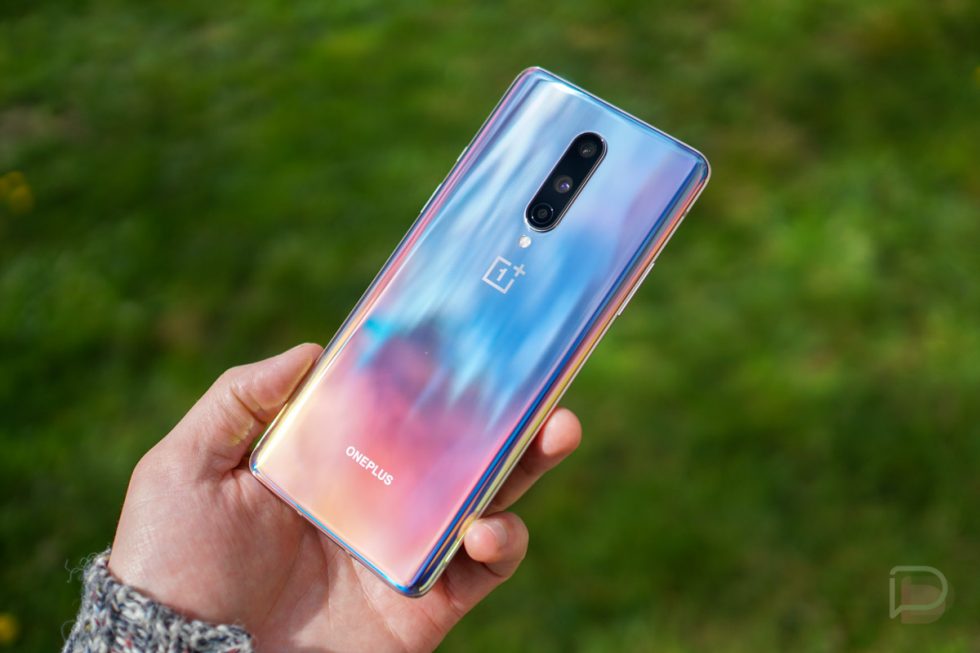
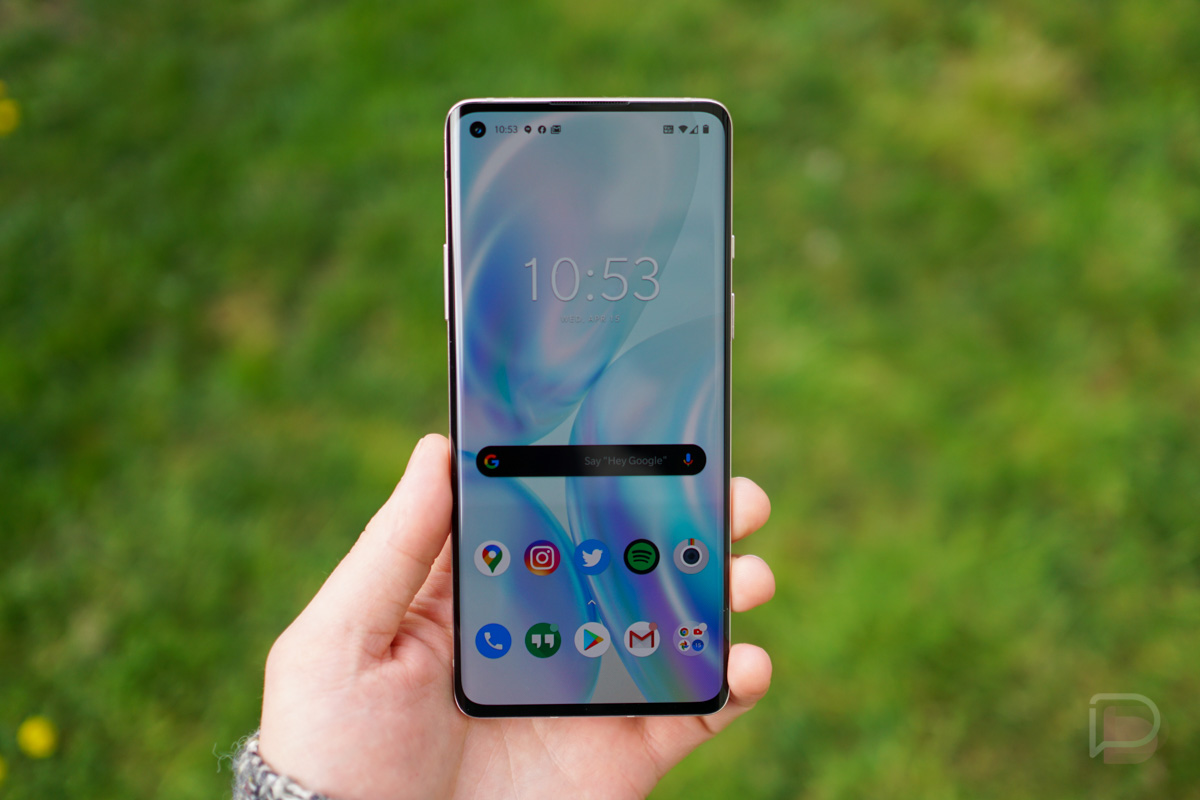
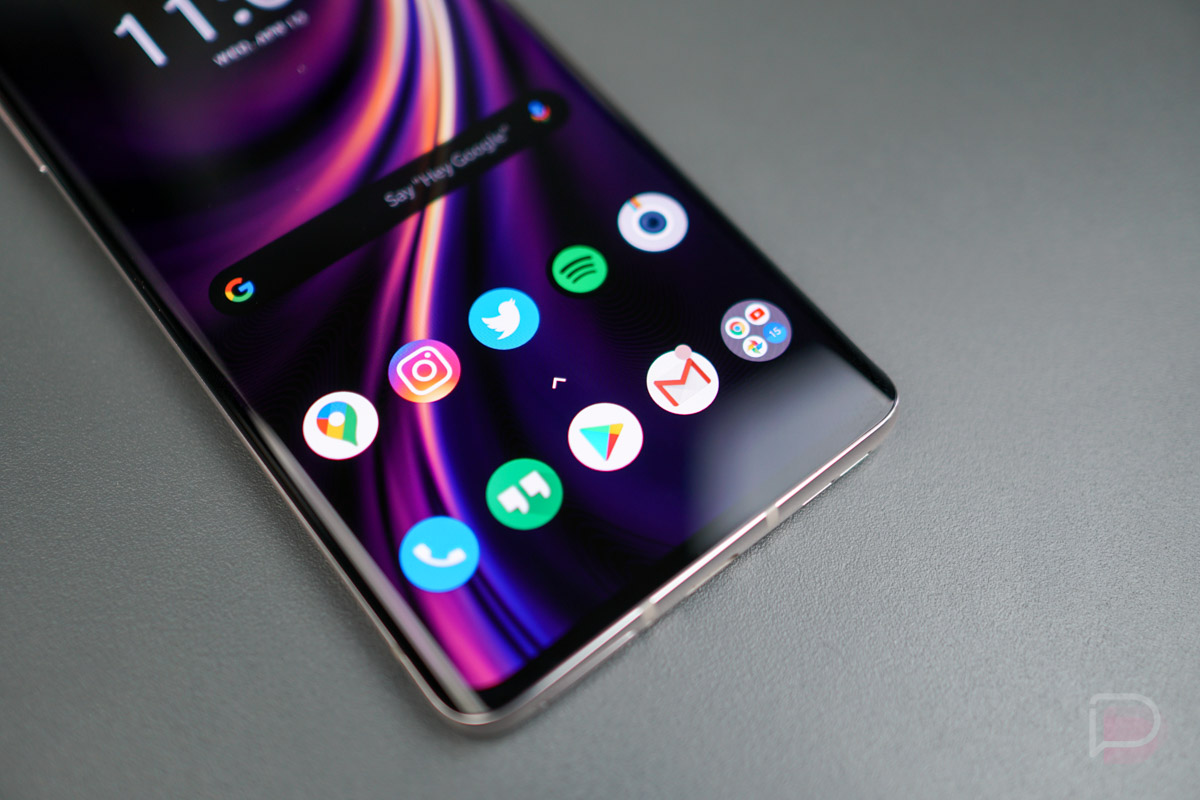
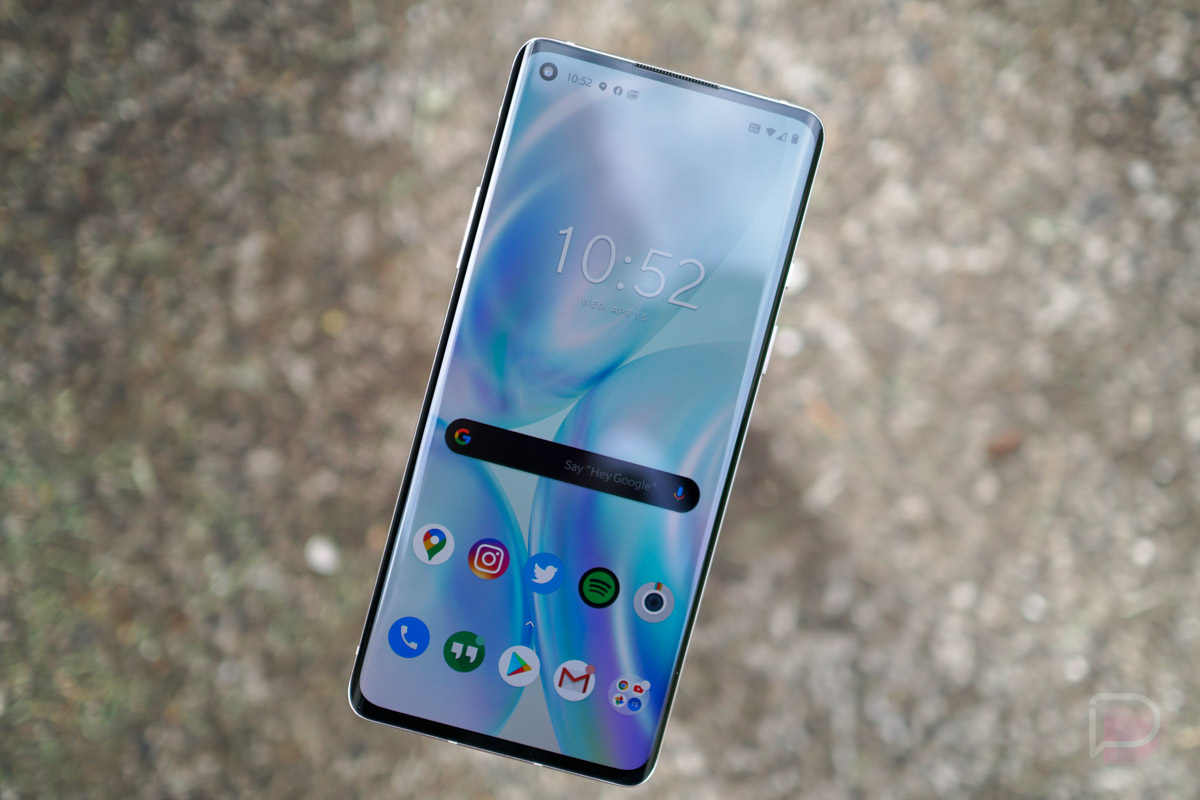
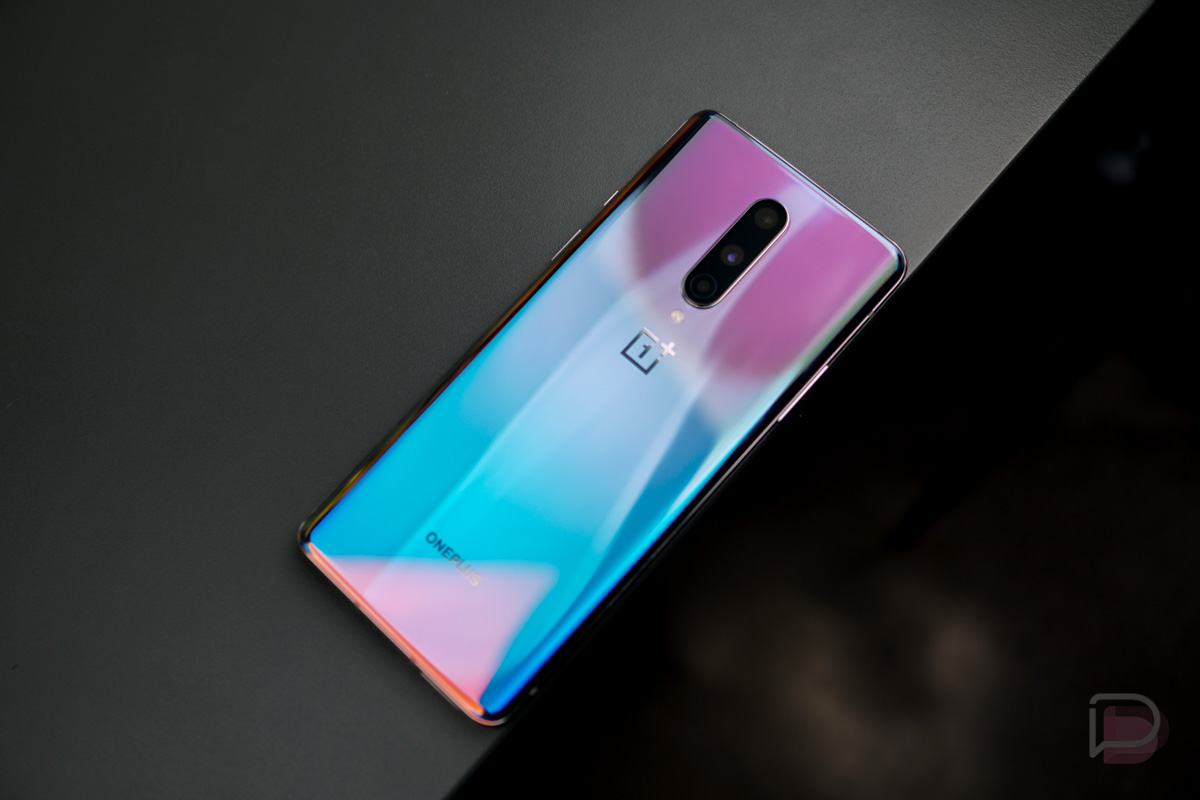
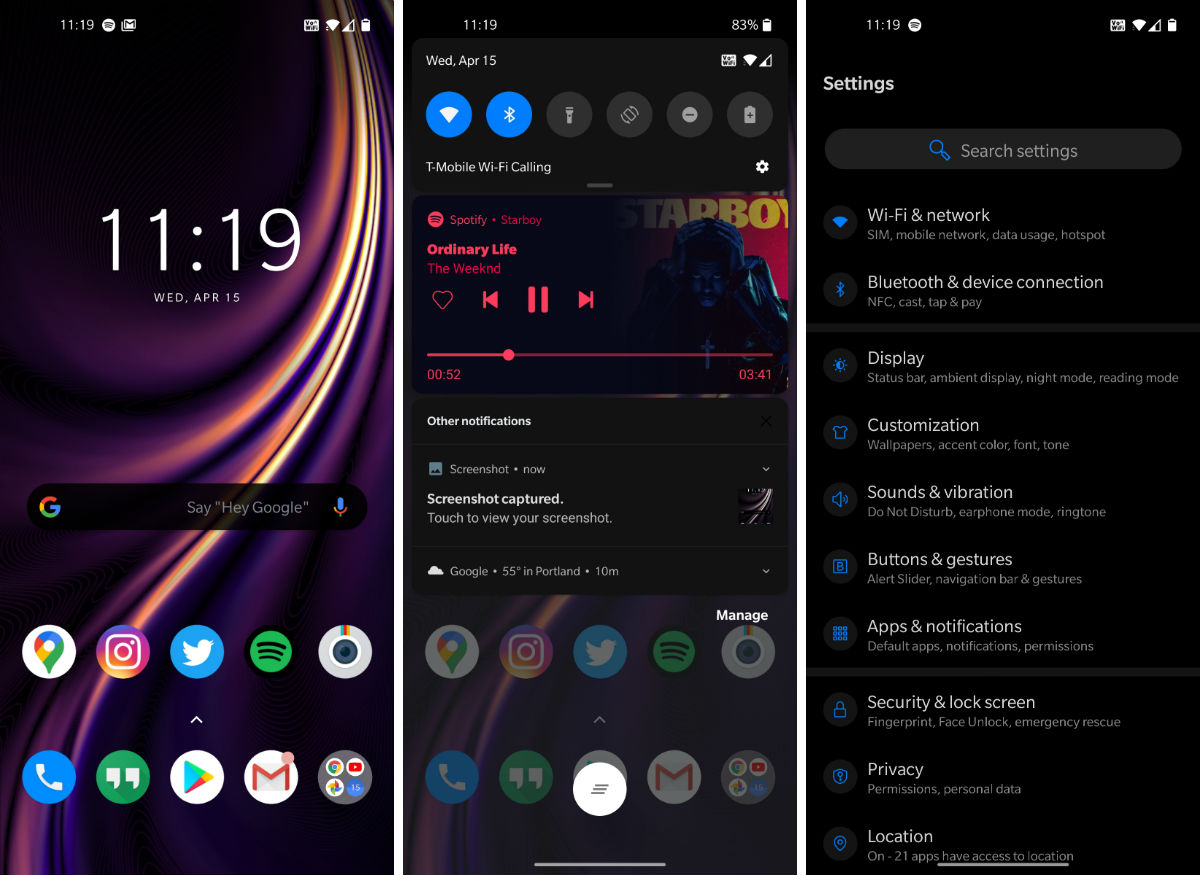
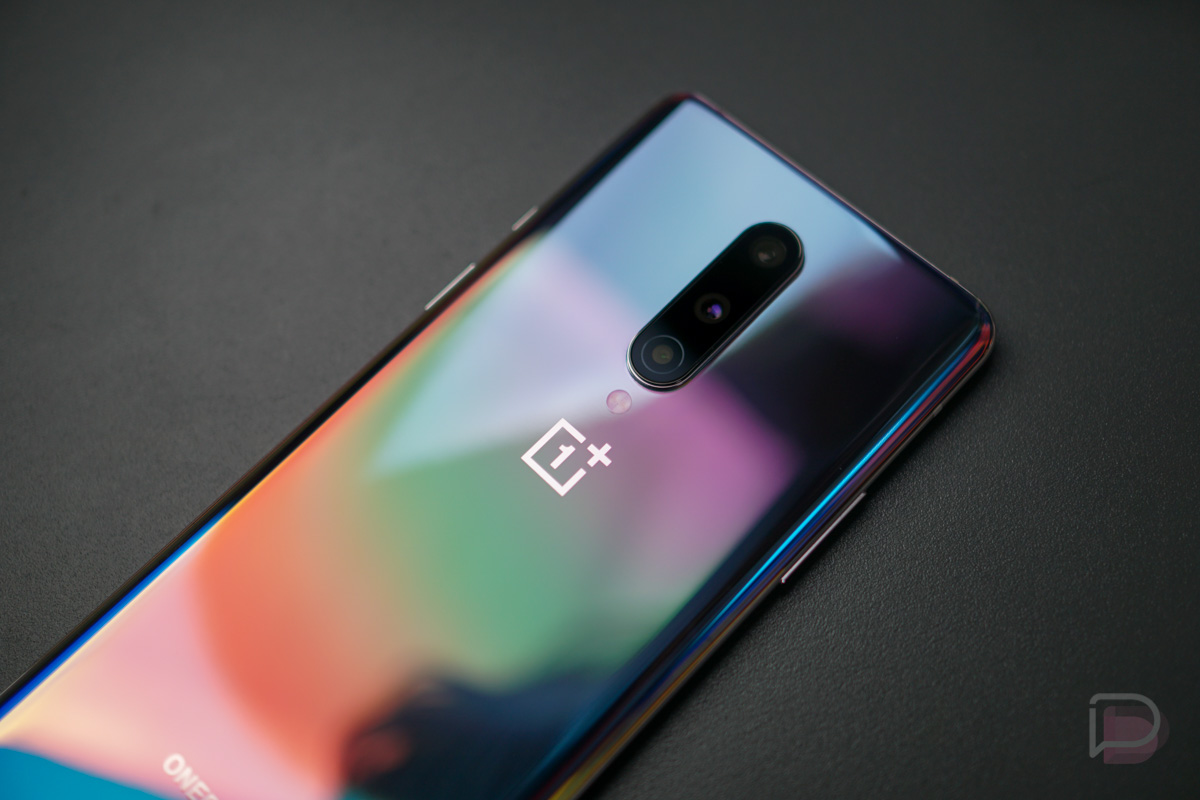
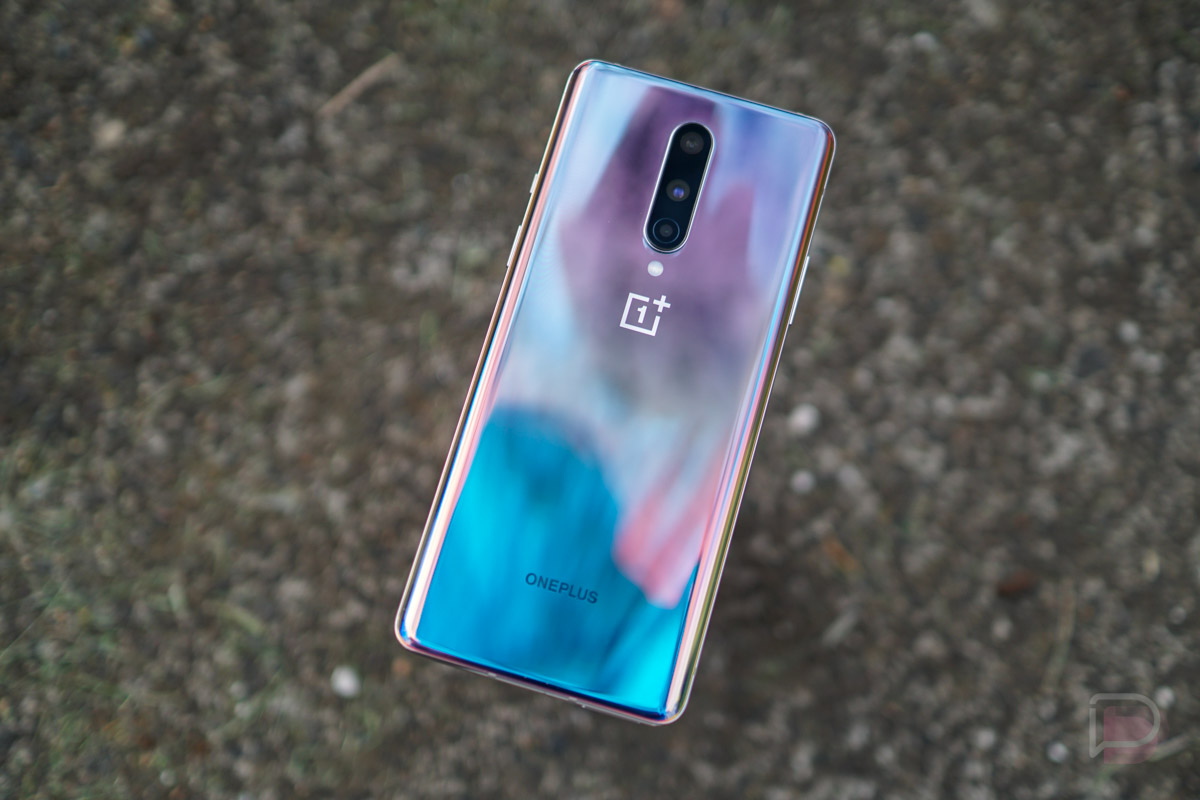
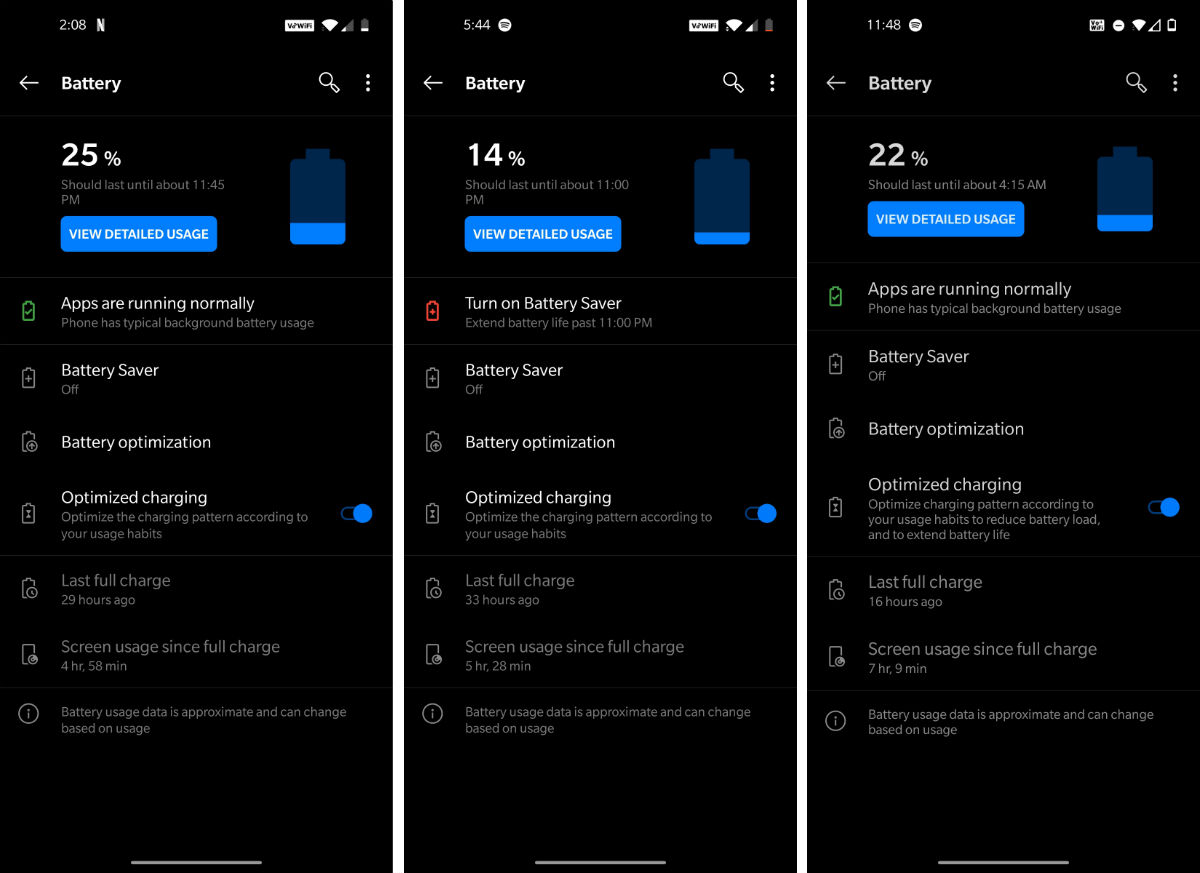
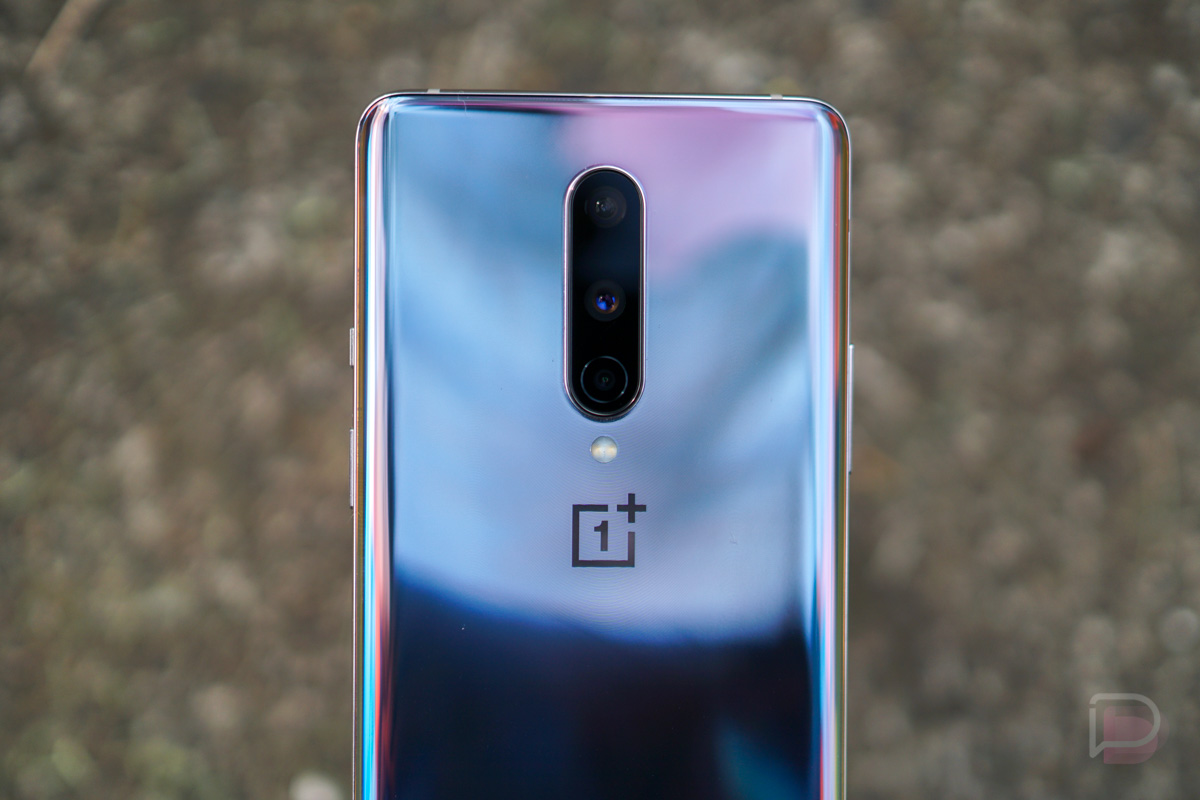
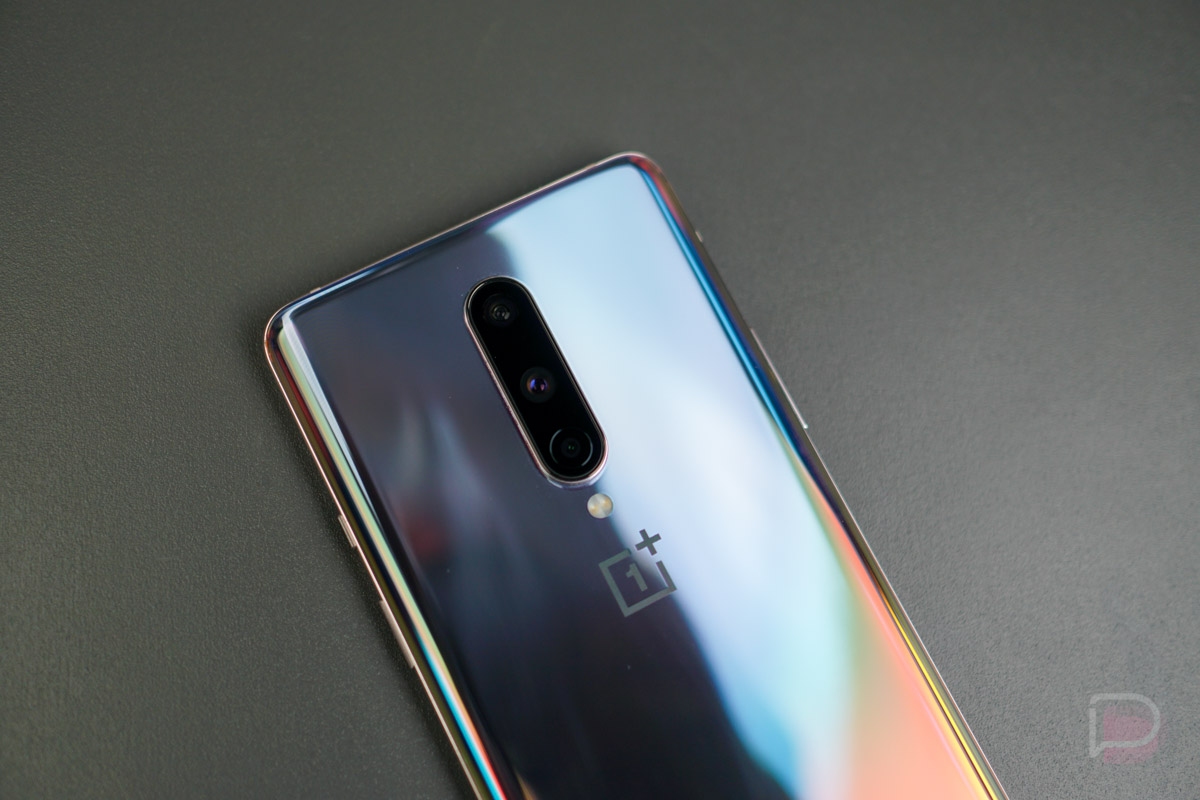

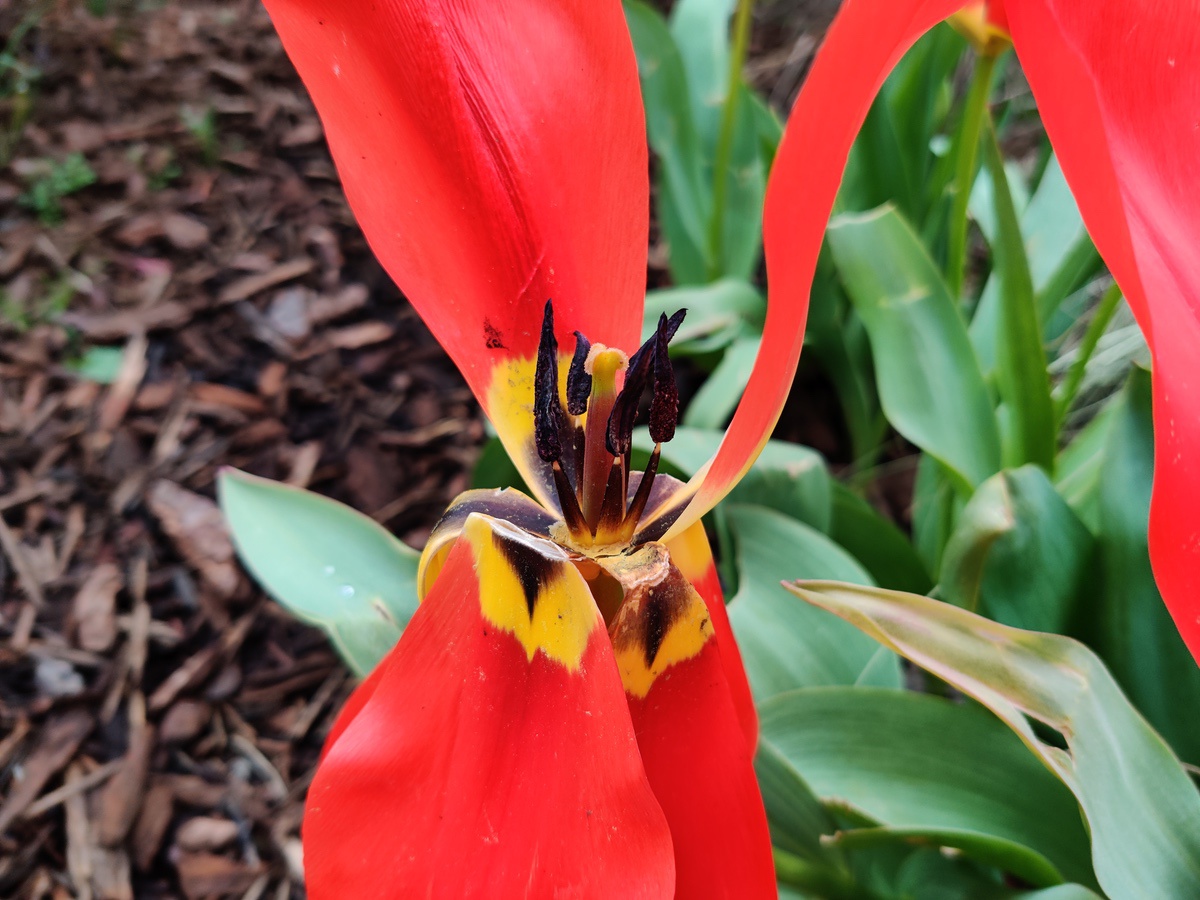




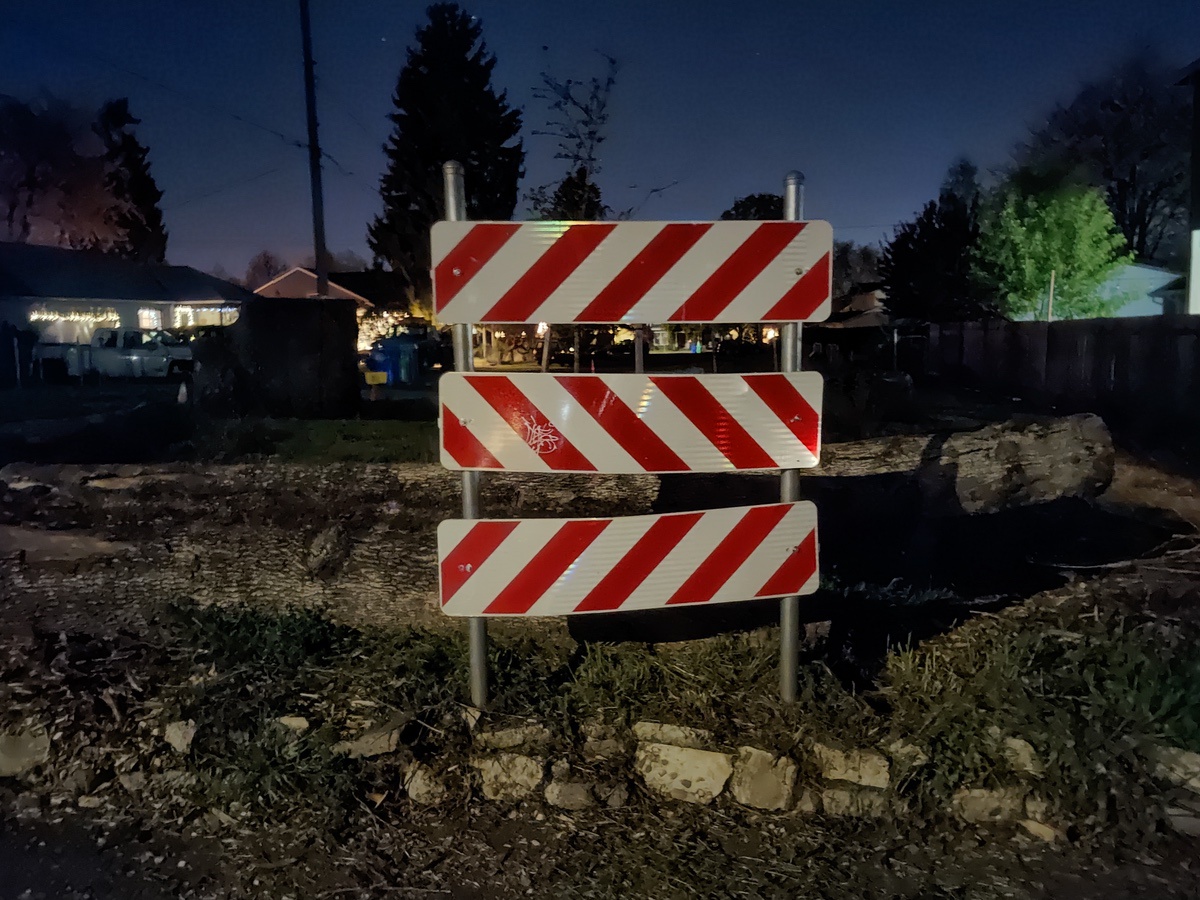

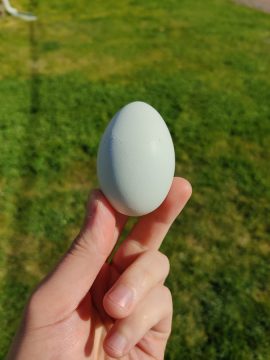


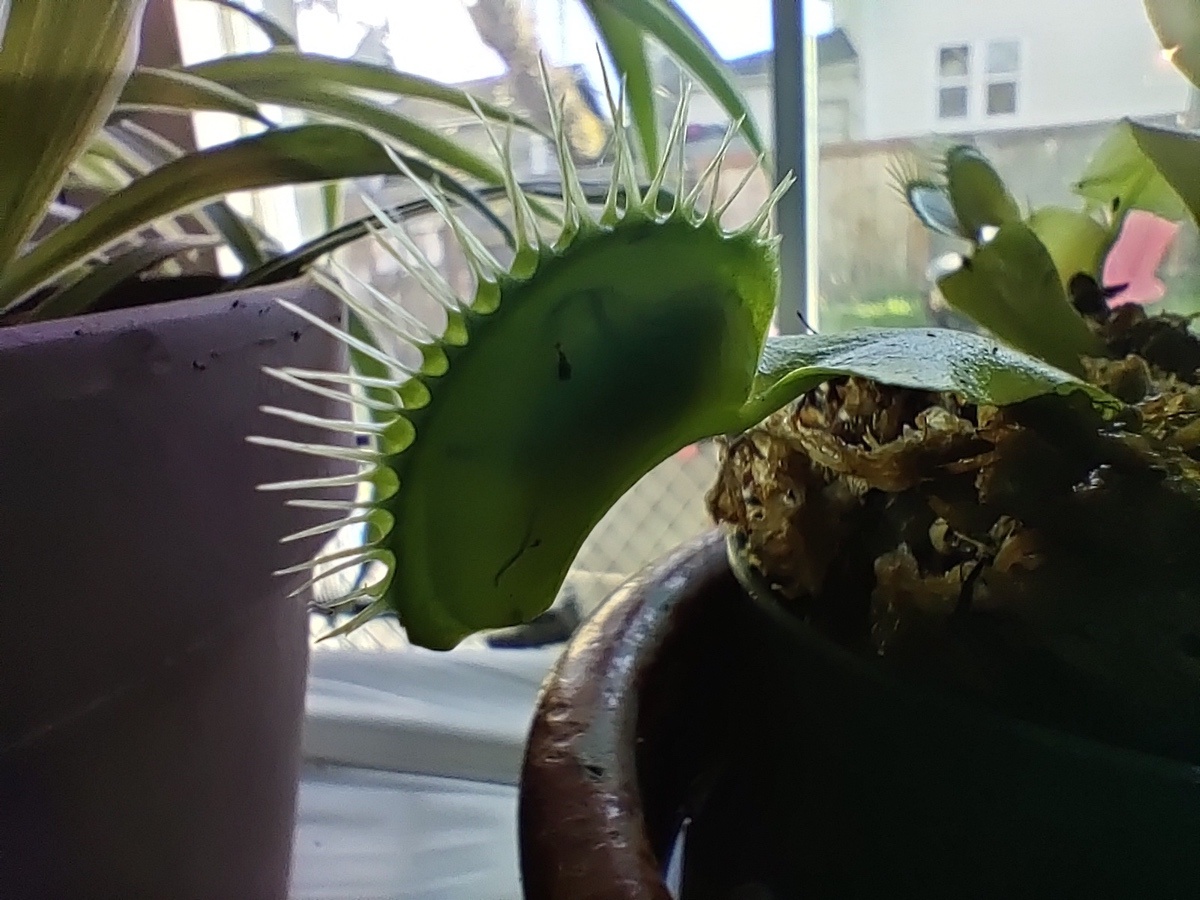


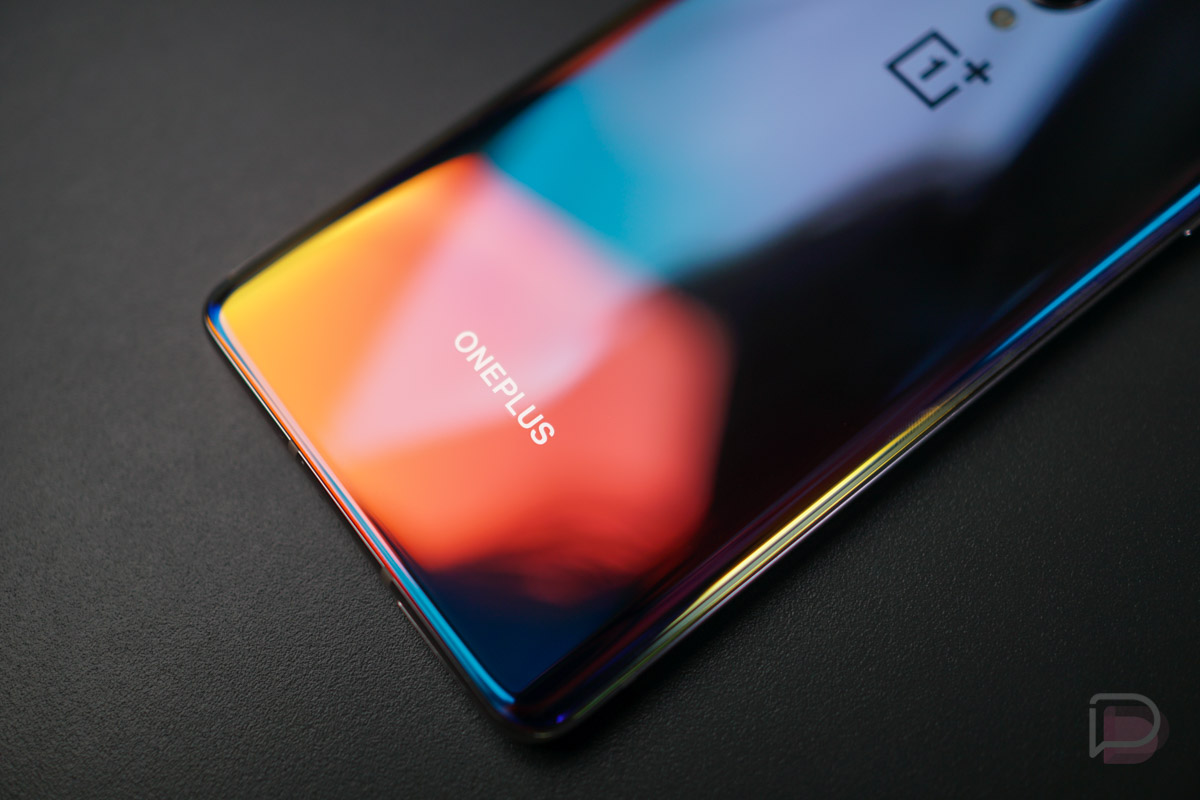
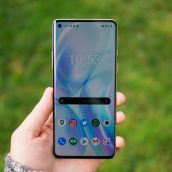
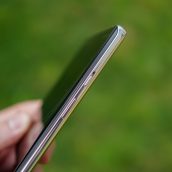
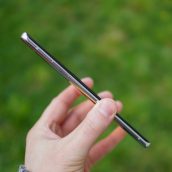
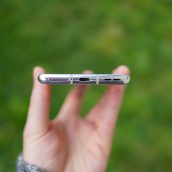
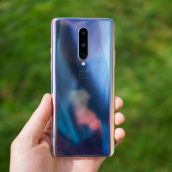
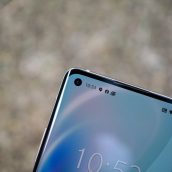
Collapse Show Comments